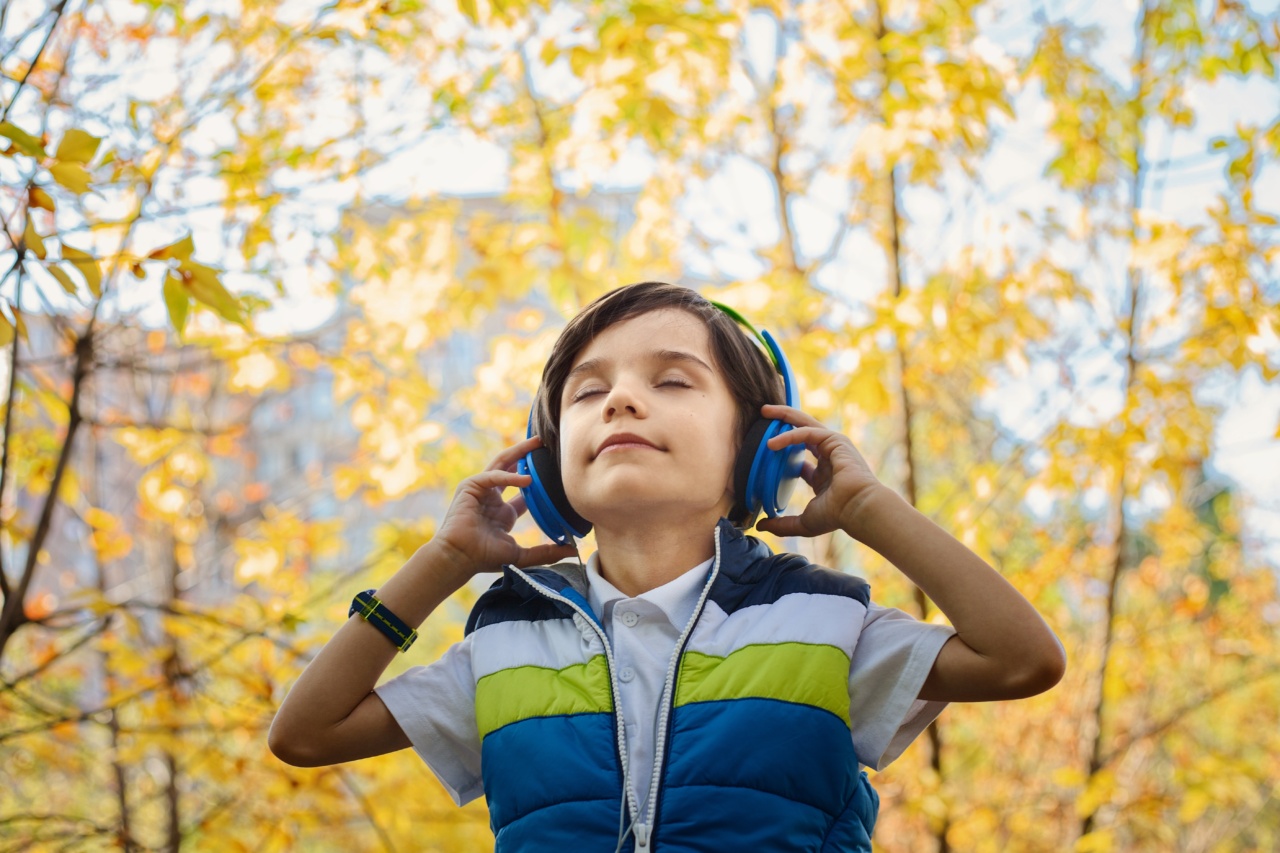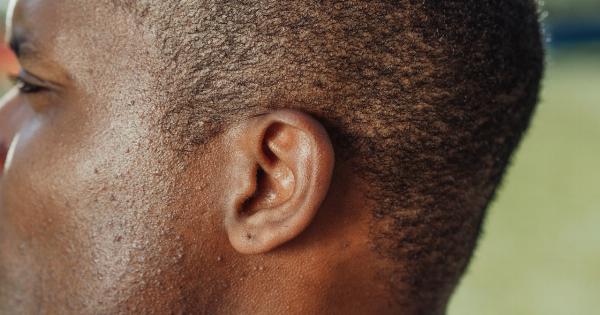The use of headphones has become increasingly popular in recent years, especially among young people.
While headphones can be a convenient way to listen to music or watch videos without disturbing others, they also come with a significant risk: hearing loss. According to the World Health Organization (WHO), over one billion young people are at risk of permanent hearing loss due to exposure to unsafe levels of sound from personal audio devices.
How Do Headphones Cause Hearing Loss?
The human ear is incredibly sensitive, and exposure to loud noises can cause permanent damage to the delicate hair cells in the inner ear.
These hair cells are responsible for translating sound vibrations into electrical signals that the brain can interpret, and once they are damaged, they cannot regrow. Exposure to loud noise can cause these hair cells to die, leading to permanent hearing loss.
Headphones can be particularly dangerous because they sit directly in the ear canal, delivering sound directly into the ear at high volumes.
Additionally, many people use headphones in noisy environments, such as on public transit or in crowded coffee shops, which can cause them to turn the volume up even higher to drown out outside noise.
What Are Safe Listening Levels?
The WHO recommends that exposure to noise should not exceed 85 decibels (dB) for 8 hours a day, as prolonged exposure to noise levels above this threshold can cause permanent hearing loss.
To put this in perspective, normal conversation is typically around 60 dB, while a rock concert can reach up to 120 dB.
However, many personal audio devices can reach volumes of up to 120 dB or even higher, which means that even short exposure to these volumes can put young people at risk for hearing loss.
Experts recommend that young people limit their use of personal audio devices to no more than one hour per day at 60% of the maximum volume.
What Are the Signs of Hearing Loss?
Hearing loss can be difficult to detect in its early stages, as it often occurs gradually over time. However, there are some common signs and symptoms that can indicate hearing loss, including:.
- Frequently asking people to repeat themselves
- Having difficulty understanding speech in noisy environments
- Turning up the volume on the TV or radio to excessive levels
- Frequently experiencing ringing in the ears (tinnitus)
If you or someone you know is experiencing any of these symptoms, it is important to see a hearing healthcare professional as soon as possible. Early intervention can help prevent further hearing loss and improve communication and quality of life.
How Can You Protect Your Hearing?
There are several things that young people can do to protect their hearing and reduce their risk of hearing loss:.
- Use headphones or earbuds that have noise-cancelling technology, which can help reduce the need for turning up the volume to drown out outside noise
- Limit the use of personal audio devices to no more than one hour per day at 60% of the maximum volume
- Take regular breaks from listening to music or watching videos
- Use earplugs at concerts, sporting events, or other loud environments
It is also important to educate others about the dangers of headphones and the importance of safe listening levels.
Parents, teachers, and healthcare professionals can all play a role in promoting safe listening habits and protecting young people’s hearing.
Conclusion
The use of headphones has become a ubiquitous part of modern life, but it is important to remember that they also come with significant risks.
Young people in particular are at risk of permanent hearing loss due to exposure to unsafe levels of sound from personal audio devices. By practicing safe listening habits and educating others about the dangers of headphones, we can help protect the hearing of future generations.





























